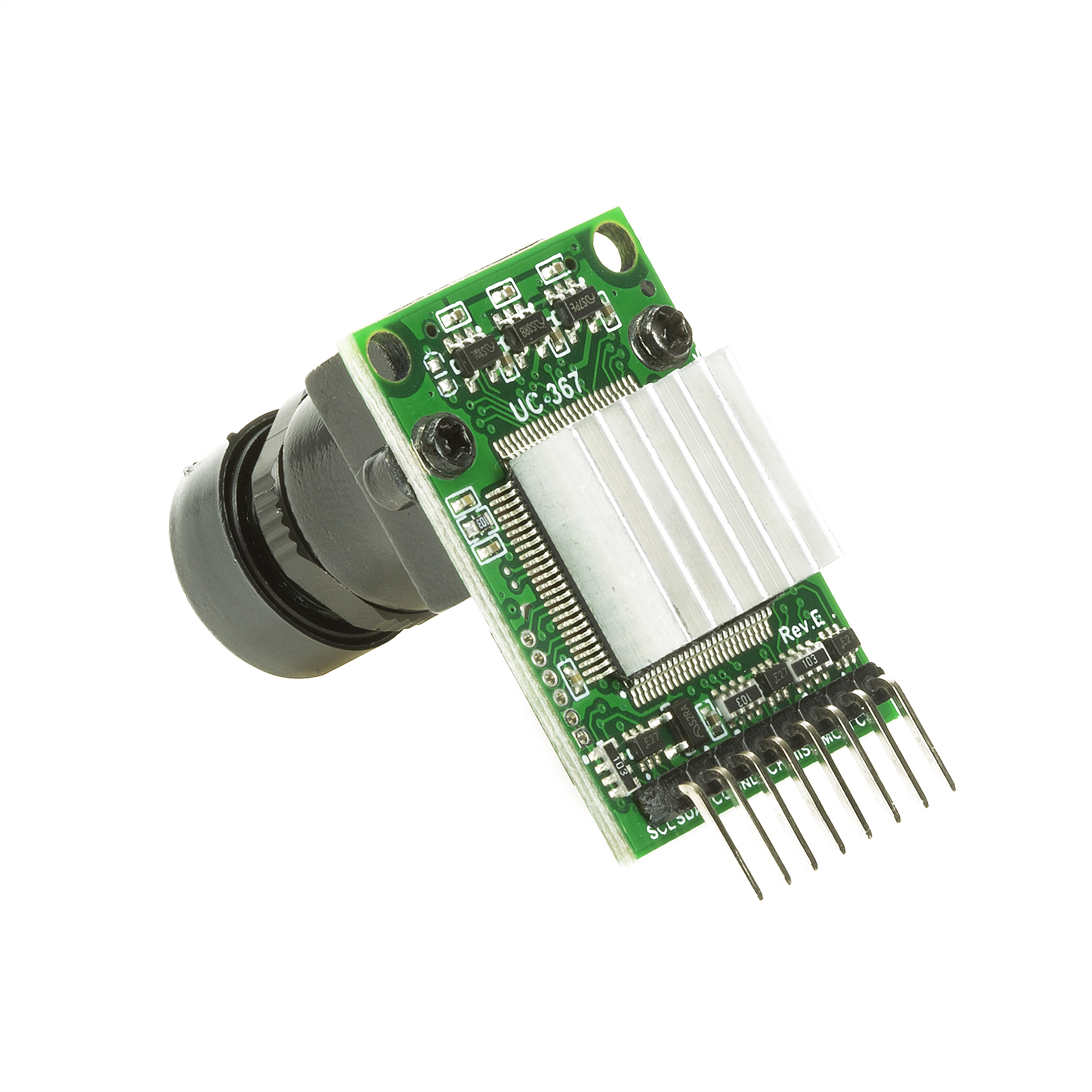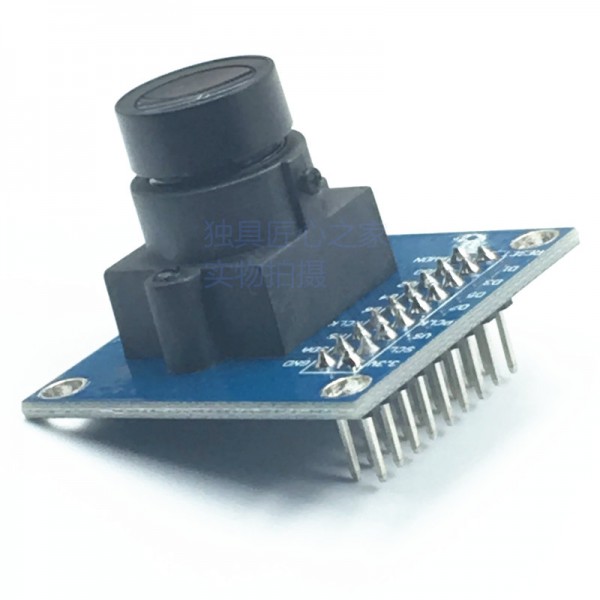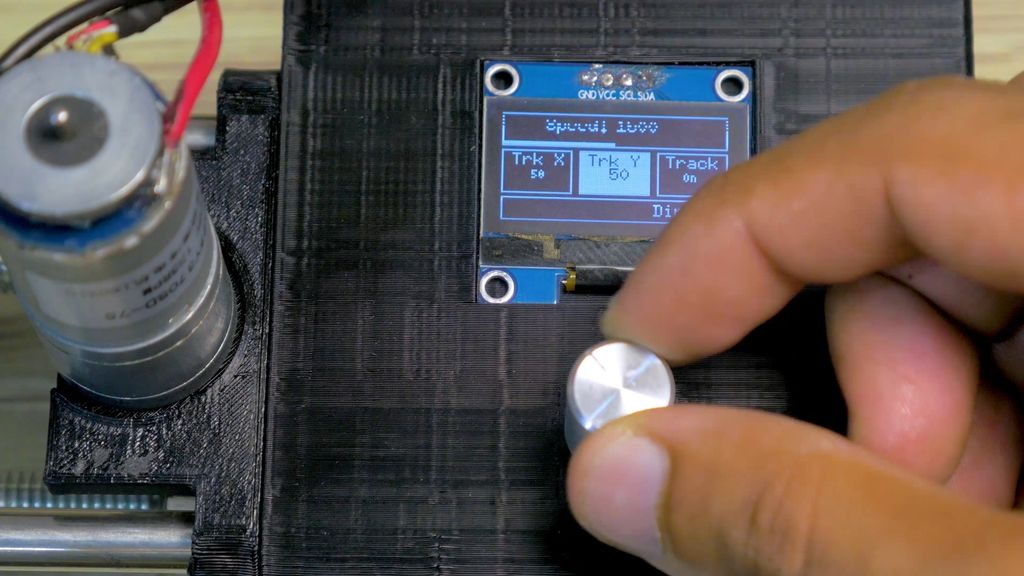

- #ARDUINO CAMERA RECORDING SOFTWARE#
- #ARDUINO CAMERA RECORDING CODE#
- #ARDUINO CAMERA RECORDING DOWNLOAD#
- #ARDUINO CAMERA RECORDING FREE#
You would need like 20 numbers of 3mm bolts to assemble the Robotic ARM.Īs soon as mounting a motor make sure it can rotate and reach the desired places before screwing it permanently. Have patience and use a file to create room for the motors if they seem a bit tight. All the motors will fit in vey snug with a little bit of mechanical force. One small tip is that you would have to sand/file the edges of the parts for the motors to fit in. The assembly instructions are again neatly explained by Ashing itself and hence I am not going to cover it. Approximately after 4.5 hours of printing all the parts are ready to be assembled. The Design is pretty plain and hence can be easily handled by any basic 3D printer. Luckily none of the parts have over hanging structures so supports are not needed. If you want to know more on 3D printer and how it works you can read this article on Beginners Guide to Getting Started with 3D Printing.

#ARDUINO CAMERA RECORDING SOFTWARE#
I used the Cura 3.2.1 Software from Ultimaker to slice the STL files and my TEVO tarantula 3D printer to print them. There are totally 14 parts which has to be printed and the STL files for all of them can be downloaded from Thingiverse page.
#ARDUINO CAMERA RECORDING DOWNLOAD#
So get to his Thingiverse page (link given above) and download the model files. So I went through the designs and found that the Robotic Arm V2.0 by Ashingwill work perfectly with our MG995 Servo Motors and would exactly suit our purpose. Initially I started by designing the body using Solidworks, but later realised that there are many awesome designs readily available on Thingiverse and there is no need to re-invent the wheel. The most time consuming part in building this robotic Arm is while building its body. 3D Printing and Assembling the Robotic Arm If you don’t have anything then you can just use cardboards to build simple Robotic Arm. Else, uses the 3D model provided and machine your parts using wood or acrylic. If you have a printer you can print them using the given design files.

Note: The body of the robotic arm is completely 3D Printer. Sounds cool right!!! So lets start building…. Apart from that we will also program it to have a Record and play feature so that we can record a motion and ask the Robotic Arm to repeat it as many times as we require it. The Robot will have a total of 4 Degree of Freedom (DOF) excluding the gripper and can be controlled by a potentiometer. So, in this tutorial we are going to build our own Robotic Arm with the help of Arduino and MG995 Servo motors. These robotic arms are used in Production line of automobiles, mining plants, Chemical industries and many other places. Apart from the fictional world there are many cool real world Robotic Arms made by Fanuc, Kuka, Denso, ABB, Yaskawa etc. and this is where I would like to stop it because this is no fan Page. Actually Dum-E has also saved his life once……. These two bots can be seen helping him while building the Iron man suits or filming his work using a video camera. I have always wished for a robotic arm that could help me with my daily works just like Dum-E and Dum-U that Tony stark uses in his lab. But to me, what’s more than that is these things are cool to look at when they work. Robotic Arms have proved themselves useful and more productive in many applications where speed, accuracy and safety is required. Serial.Record and Play 3D Printed Robotic Arm using Arduino
#ARDUINO CAMERA RECORDING CODE#
The code for this pipeline is really simple and is almost the same from the example on motion detection. This is an example of the result of this pipeline. I would hardly call this feature engineering. convert it to black/white with a threshold.I wanted to be as "light" as possible in this demo, so I only took a couple steps during the feature acquisition:

When using other types of classifiers, it could help add a bit of feature engineering to help the classifier doing its job and achieve high accuracy. When dealing with images, if you use a CNN this step is often overlooked: CNNs are made on purpose to handle raw pixel values, so you just throw the image in and it is handled properly.
#ARDUINO CAMERA RECORDING FREE#
I only have a single image per digit, but you're free to draw as many samples as you like: it should help improve the performance of you're classifier. In particular, we have 3 handwritten numbers and the task of our model will be to distinguish which image is what number. The objective of this example is to be able to tell what an handwritten digit is, taking as input a photo from the ESP32 camera. If you are curious about a specific image classification task you would like to see implemented, let me know in the comments: I'm always open to new ideas The task


 0 kommentar(er)
0 kommentar(er)
